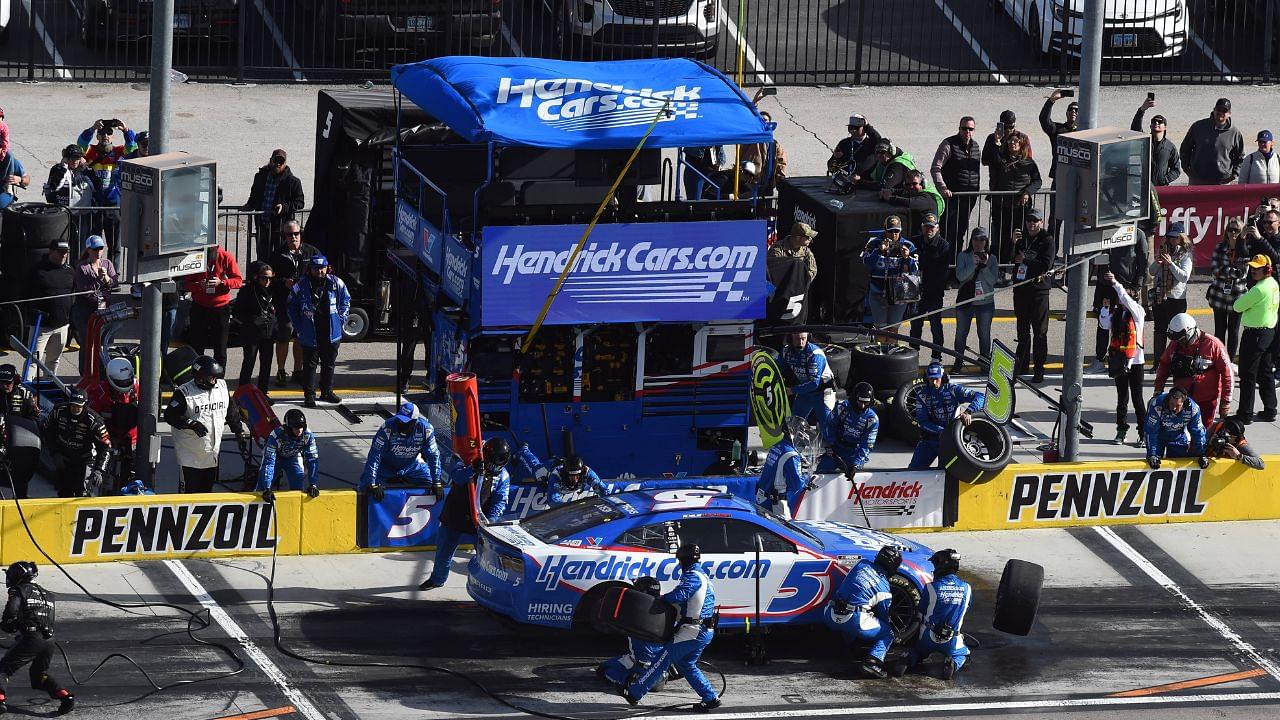NASCAR cars radiate a lot of heat stemming from the engine. The cockpit itself can get up to a temperature of 100 to 140 degrees. Quite naturally, the most vulnerable element inside the car is the driver. So how do the drivers protect their feet that are constantly shuffling between the pedals? In a Stewart-Haas Racing video, the driver of the number 10 car, Noah Gragson, demonstrated a pair of specially designed heel caps that protect the heels of a driver from getting blisters due to the extreme heat.
Advertisement
“It gets really hot inside the cockpit of the race car and where our feet are on the pedals, sometimes blisters,” he explained. “You’ll see guys post pictures sometimes of them having blisters on their feet. Well. this will help reduce that heat. Some guys wear them, some guys don’t. I’ve never worn them, but you see a lot of other guys (wearing them).”
Gotta protect your feet from the heat.@NoahGragson shows us the device that protects drivers' heels. pic.twitter.com/zDNgJSVOrY
— Stewart-Haas Racing (@StewartHaasRcng) March 7, 2024
What about the rest of the body, then? How do the drivers protect that?
The drivers wear a head-to-toe jumpsuit that is made of fire-resistant materials. However, it doesn’t really make the drivers any cooler. Kaulig Racing’s Xfinity Series driver, Landon Cassill, feels like the most crucial thing to remember is to keep oneself hydrated.
Although the firesuits used by Kaulig Racing are made by Sparco and are curated to be lightweight and breathable, they can’t bring down the temperature.
To deal with that problem, the teams use cool shirts. These are shirts that have pipes in them that run a cold fluid, which can help lower the body temperature of the drivers. “You definitely don’t ever feel cool in the car by any means unless it’s 50, 60 degrees outside. But it does help manage your body temperature,” said Cassill.
The driver’s helmet also comes with a mechanism to keep the head cool and safe. They have a hose that’s attached to the back and works like a carbon monoxide filter, blowing air into the helmet.



